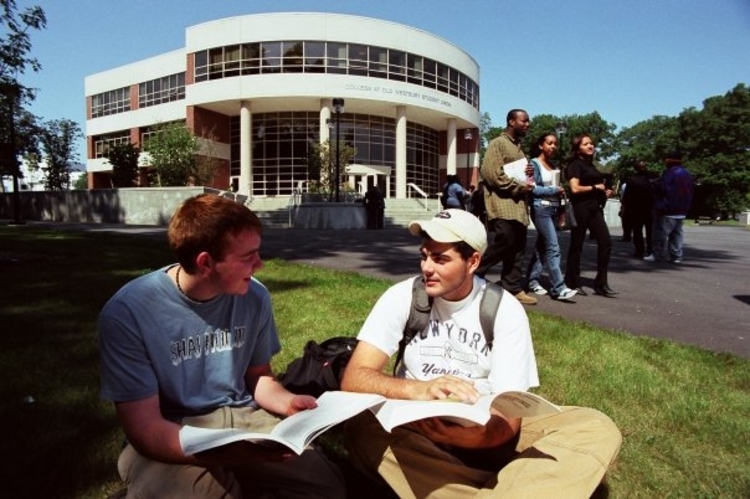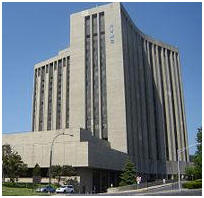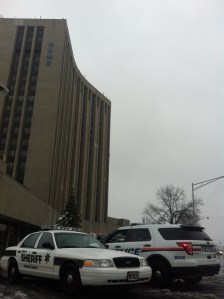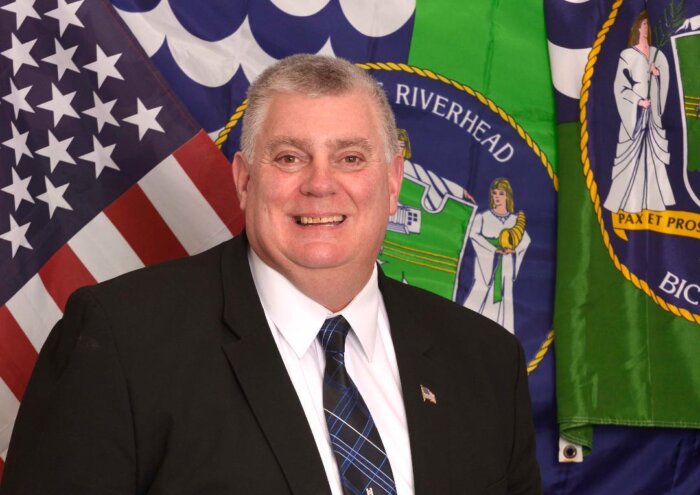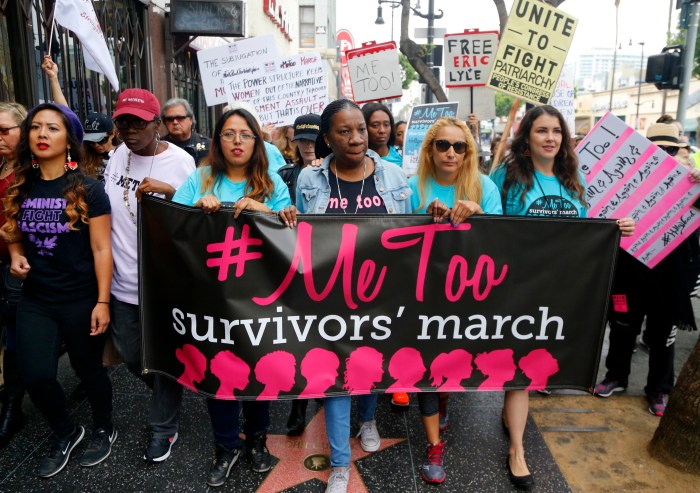Long Island is the 10th “most racially segregated metropolitan area” in the U.S., says Elaine Gross, founder and president of the Syosset-based organization Erase Racism. That’s a result of racially restrictive covenants — banned by the Supreme Court in 1948 — and racial steering by real estate agents, sending whites to certain areas, minorities to others. That’s illegal, too, but still common.
But there is an island of diversity on Long Island, a remarkable exception to this pattern, a place where people mix: SUNY/College at Old Westbury. Experiencing diversity is a major part of the educational process at the college.
It has to do with the numbers 30:30:30:10. The vision has been to be college with a student body of 30 percent African-Americans, 30 percent white, 30 percent Latino and10 percent Asian-American, Native American and foreign. This is inclusionary, not exclusionary. If the percentage dips in any group, there is an effort to up it.
The college was established in the 1960s as an innovative, indeed experimental, SUNY campus. John Maguire became its president in 1970. He came from a family representative of the segregationist South. His grandfather was lieutenant governor of Alabama.
“You could not imagine a more conservative, racist man,” he recounted when I interviewed him when he returned to Old Westbury to be the commencement speaker several years ago.
As a sophomore at Washington and Lee University in Virginia, he saw a sign posted about a conference in Pennsylvania for prospective ministers. It was a chance to go to the North, where he had never been.
When he got to the Crozer Theological Seminary he was advised that he would room with a Crozer student “from Atlanta, Georgia…You’ll like him…He’s already been named the president of the student body.”
The other young man was Martin Luther King, Jr. And that began “a long friendship and it was a glorious friendship,” a “transformative element no doubt…in my life….We became wonderful, fast friends.”
Maguire became deeply involved in the civil rights movement and was a Freedom Rider. When he came to SUNY/Old Westbury he and the faculty developed a plan to thoroughly mix people — based on 30:30:30:10. The concept was, explained Dr. Maguire, “no one would feel left out, but it wasn’t so big that one group ruled the other.” The students “came together” and began “to say, ‘he’s not so bad, she’s not so bad,’ and sure enough friendships developed, and it was…remarkable.”
It still is.
I’ve been a professor at the college since 1978 and I marvel watching the students come together and develop understandings and friendships. When a new academic year begins, some African-American students from Wyandanch might sit together and several Latinos from Brentwood might sit together and a couple of Chinese-American students from Flushing might sit together and several white students from Plainview might sit together.
But by the following week, an African-American student is sitting next to a Latino student, a Chinese-American student is sitting next to a white student — indeed all the students have mixed together. Many had never before gotten to know those of other ethnicities and races.
“Old Westbury is rightfully celebrated as a college community that brings people of all races, creeds, and socio-economic backgrounds together,” says Dr. Calvin O. Butts, III, who recently retired as president of the college after 20 years. “Being designated among the top diverse campuses in the country …. reinforces that Old Westbury is at the forefront of cultivating intercultural understanding and global citizenship in its students.”
In its SUNY Old Westbury Magazine in 2018, the college reported that the prior year’s entering class was 31 percent white, 27 percent African-American, 25 percent Latino, 12 percent Asian-American and 5 percent “international and other backgrounds.” The two-page spread was headed, “In the Spirit of ’30:30:30:10.’” It ended with: “The model founded in those earlier days continues…and prospers.”
The faculty, administration and staff are also fully diverse.
It’s an extraordinary model needing to be replicated — on Long Island and elsewhere.



